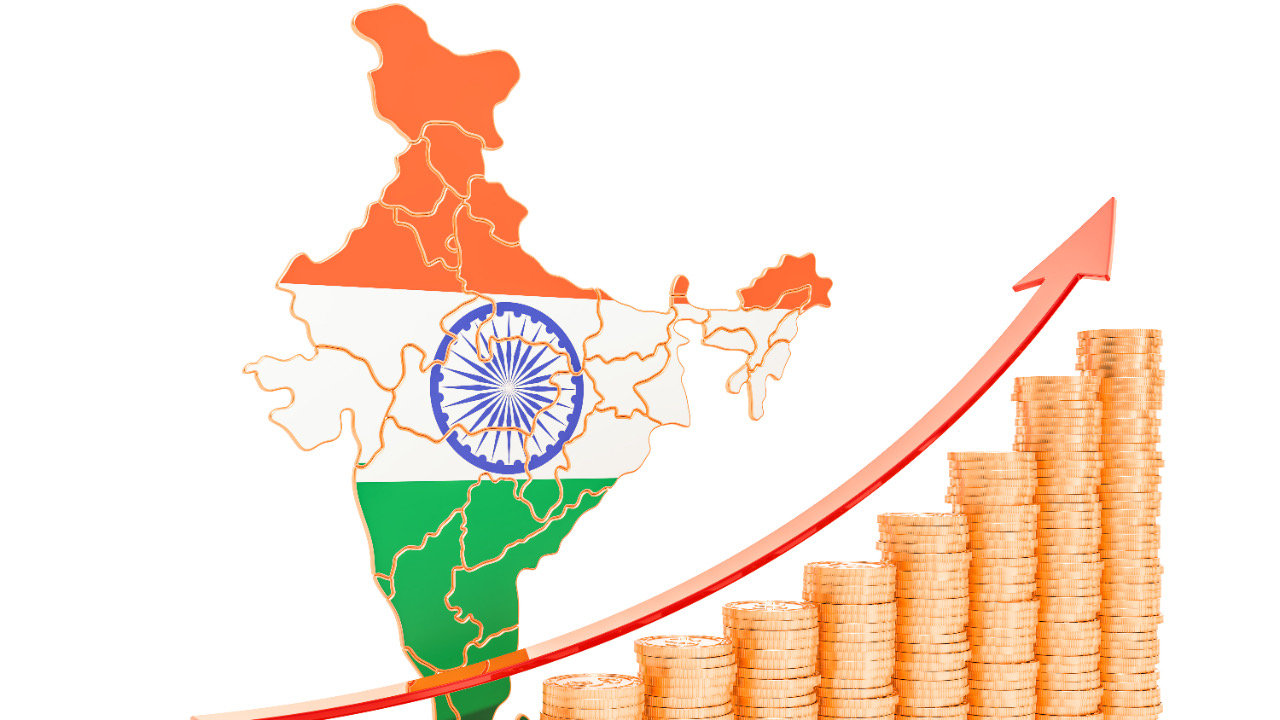By Rajesh Mehta & Sunny Sabharwal
India has been the engine of global growth in the past decade. 2022 specifically was a year of many achievements. India became the world’s fifth largest economy by overtaking the United Kingdom. A 2022 report by Morgan Stanley has predicted the Indian economy is poised to become third largest in the world by 2027.
Here are few hits and misses of Indian economy in 2022 and the way head:
Growth and Global Opportunity
Average GDP growth of 5.5 percent in the last decade makes India one of the fastest growing economies in the world. GDP growth rate which was 8.7 percent in 2022. The major sectors contributing to the growth were manufacturing which grew by 9.9 percent, construction with growth of 11.5 percent, and trade, hotels, and transport sectors which grew by 11.1 percent. Sunrise sectors such as defence, fintech, agri-tech and biotech follow closely.
In 2022, India has already surpassed Britain and is expected to leave behind Japan and Germany to become the world’s third-largest economy by 2027 and will have the third-largest stock market by the end of this decade as per Morgan Stanley. India’s share in global trade is projected to double by 2031. The year 2022 will be a memorable one for India as its remittance flows soar to $100 billion from $89.4 billion in 2021, growing at the rate of 12 percent as per World Bank. Interestingly, these projections are made when S&P Global is forecasting world GDP growth to slip to 2.2 per cent in 2023 from 3.4 percent in 2022.
This growth of the Indian economy is attributable to two key factors: limited economic activity in China and Europe, and rise in domestic demand in selected sectors. Our exports grew by about 23 percent year-on-year in Apr-Jul 2022.
Once business in China and Europe regains traction, we shall be facing tough competition and keeping up the growth momentum can be challenging. Secondly, our growth has been concentrated in the organized sector.
Make in India, Make for the World
The world is eyeing India as the rising leader in the manufacturing sector. China is still struggling with a raging pandemic, real estate bubble and geopolitical issues. Russia is spending considerable time and resources in establishing its presence in Europe and the World. The United States is also struggling with inflation and a poor growth outlook. Resultantly, the ‘China-Plus-One’ approach is bringing more manufacturers to India. Government policies such as Make in India and Production Linked Incentive Scheme (PLI) have supported this growth.
Many global companies including Apple have commenced manufacturing in India, shifting from China. Google also plans to commence making Pixel handsets here. Major Defence companies like Lockheed Martin & Saab are increasing manufacturing here. The corporate sector has built large capacities owing to corporate tax cuts, investment incentives and rising infrastructure spending by the government.
The Indian growth story isn’t just about essentials or basic commodities. The ultra-luxury cars segment, priced above $250 million, also saw a whopping growth of 50 percent in 2022.
Start-ups: Get, Set, Go
India is full of bright minds and the feats achieved by these individuals makes our nation proud. The rapidly expanding start-up ecosystem is a perfect example of this. The Global Innovation Index 2022 ranked India 40th from 46th in 2021. The sectors which majorly contributed to this Information Technology and Communication, space technology, agri-tech and fintech. The ‘Make in India’ initiative along with other startup schemes of the Government has supported this growth.
Leader in Space technology
Indian Space-tech has gained recognition for launch of foreign satellites and the production of inexpensive spacecraft. While India’s contribution to the global space-tech industry is around 2 percent, the sector is expected to grow to $13 billion by 2025 at a CAGR of 6 percent as per an E&Y report. Major contributors to the industry are startups with their investments reaching $68 million.

Green Hydrogen
Another noteworthy move of the government is in the area of Green Hydrogen. India is poised to become the “Middle-East” of green hydrogen in the future.
But there are few misses also. These are the sectors and areas where India needs to tighten her belts.
Air Quality
WHO has highlighted that air pollution is a major public health emergency in India—requiring immediate and sincere action. The World Air Quality Report 2020 ranked India as the third most polluted country with 22 of the world’s 30 most polluted cities and Delhi tops the list. It is saddening that despite the lack of vehicular pollution, the concentrations of PM2.5 at some places in rural India are thrice their urban levels due to stubble and burning of dung as fuel.
Demography: Dividend or Burden
India is on the brink of becoming the most populous country in the world. India will account for 20 percent of the worldwide increase in the working-age population over the two decades from 2020.
However, starting from 2020, the term “layoffs” has never been out of the news. In 2022 alone, the world have seen catastrophic layoffs in the IT sector. Moreover, India’s unemployment rate increased to 7.8 percent in October 2022 from 6.4 percent in the previous month.
Mass firing of employees has led to the emergence of ‘moonlighting’. Earlier, this used to be an option for people who wish to earn extra money but now has become a necessity for people, especially in the tech sector. Though, in western nations it is quite common, the concept is finding it difficult to establish foot in India. But the people’s verdict is out and moonlighting is supported.
Poverty
India has been marred by the evils of poverty, population explosion and poor education. Since 2005, India has seen up to 415 million people escape poverty. While significant progress has been achieved by the governments over decades, 25 percent of India’s population is classified as “multidimensional poor”. At 229 million, we still have the largest number of poor people in the world. Undernourishment, poor sanitation, a lack of access to clean water and housing, continue to be major obstacles to lifting people out of poverty.
Import dependence
India is the world’s third largest crude importer and satisfies her 85 percent needs through import. The nation is losing forex with the falling Rupee and decline in exports. Given India’s meagre presence in global trade – only 1.8 percent in merchandise trade and 4 percent in services, there is a lot of room to improve.
2022 has not been one of the greatest years for the Indian economy and it has also not been the worst. India can do much better in 2023, if she solely focuses on the economy. The G-20 being held in the presidency of India, western world trying to diversify supply chains from the China and Ukraine war has given India a lot of opportunities, which needs to be harnessed in 2023.

Rajesh Mehta is a leading International Consultant in the field of Market Entry, Innovation & Public Policy, and Sunny Sabharwal, a Chartered Accountant by training, works as an Associate Professor of Practice at Jindal Global Business School.
Disclaimer: The views expressed are not necessarily those of The South Asian Times












